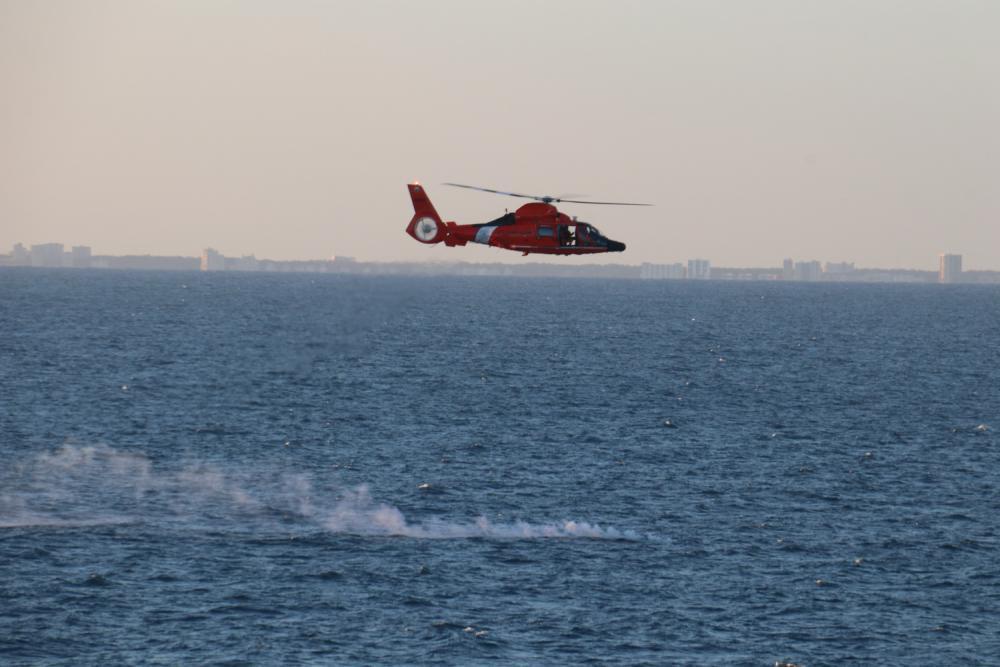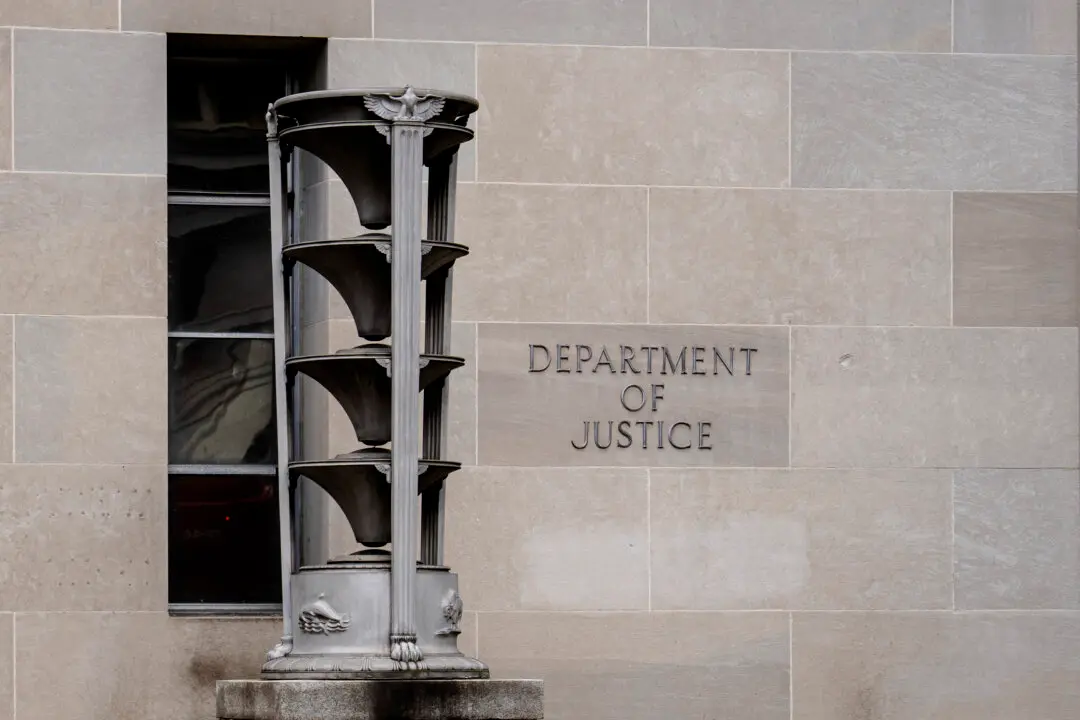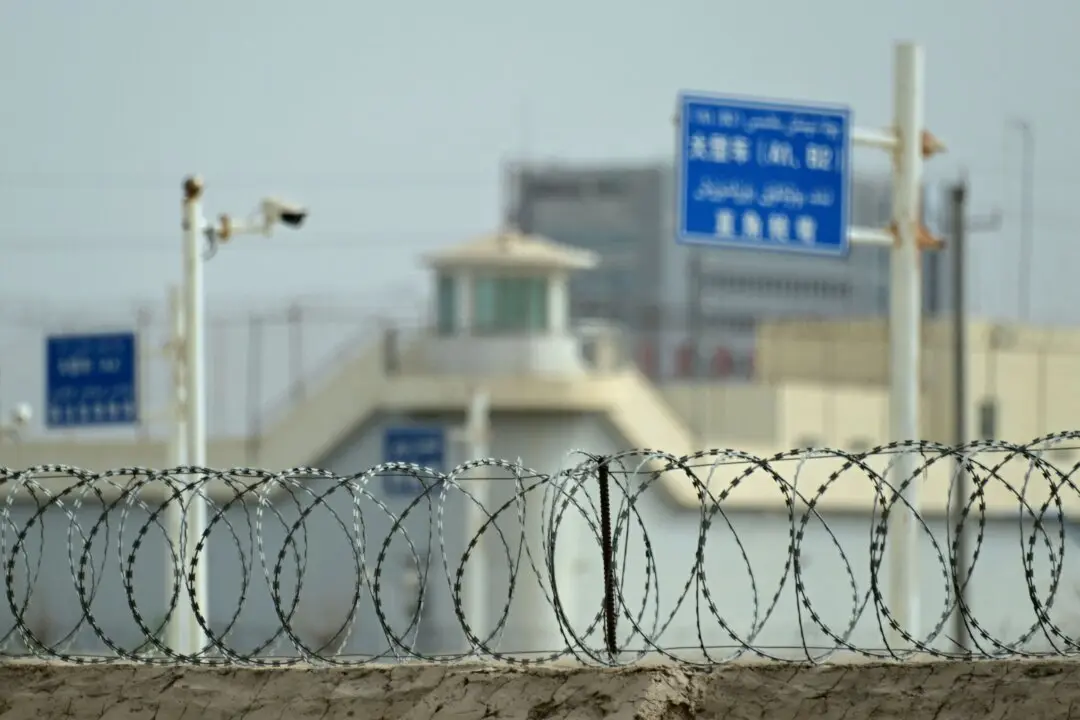The United States attempted to contact China’s communist regime after its military shot down a suspected Chinese surveillance balloon off the South Carolina coast on Feb. 4, but Beijing refused to take the call.
The Pentagon said on Feb. 7 that it requested a phone call between U.S. defense secretary Lloyd Austin and Chinese defense minister Wei Fenghe after the balloon downing, but the request had been turned down.





